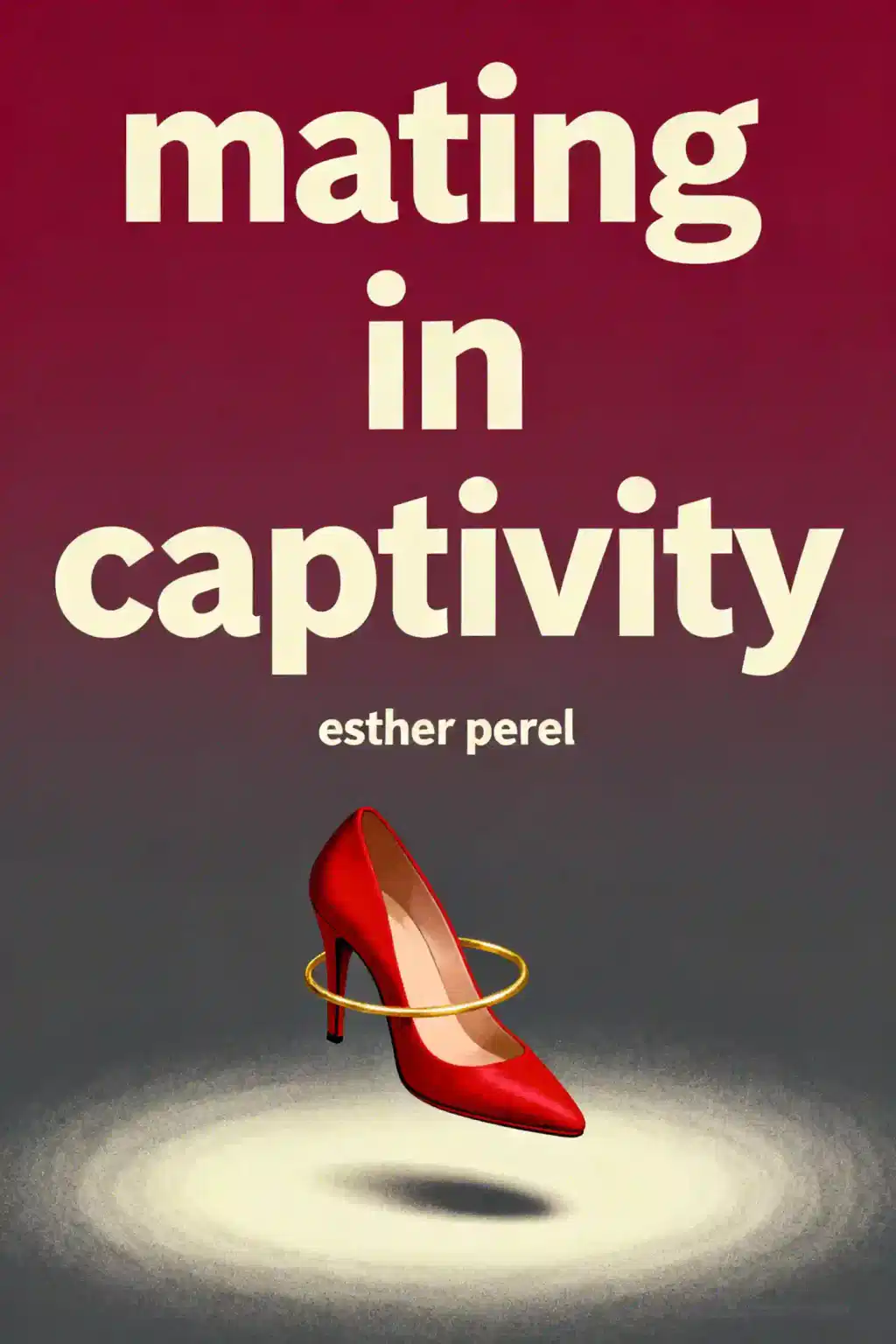What is The Husband's Secret by Liane Moriarty about?
The Husband's Secret follows three interconnected women in suburban Sydney whose lives collide when Cecilia Fitzpatrick discovers a letter from her husband confessing to a decades-old murder. The novel explores how this revelation affects Cecilia, Rachel Crowley (the victim's mother), and Tess (navigating her own marital crisis), examining the ripple effects of secrets, perspective, and moral choices across their ordinary yet explosive lives.
Who should read The Husband's Secret?
The Husband's Secret appeals to readers who enjoy character-driven domestic suspense like Jodi Picoult, Gillian Flynn, or Diane Chamberlain. This book suits those interested in stories about complex women navigating motherhood, marriage, and moral dilemmas in suburban settings. Fans of psychological mysteries with emotional depth and multiple perspectives will find Liane Moriarty's exploration of ordinary people facing extraordinary secrets particularly compelling and thought-provoking.
Is The Husband's Secret worth reading?
The Husband's Secret is worth reading for its masterful pacing, three-dimensional characters, and unexpected plot twists that keep readers engaged throughout. While the novel starts slowly with separate storylines that take 50-100 pages to connect, it develops into a gripping, suspenseful mystery. Liane Moriarty's ability to split reader allegiance and explore moral complexity makes this one of her best works, earning widespread five-star reviews.
Who is Liane Moriarty and what are her other books?
Liane Moriarty is an Australian author known for internationally bestselling novels including Big Little Lies, What Alice Forgot, The Hypnotist's Love Story, Three Wishes, and The Last Anniversary. Her work focuses on grown-up women's stories, exploring themes of relationships, secrets, and suburban life with psychological depth. Moriarty's character-driven narratives and ability to create suspense in ordinary settings have made her a leading voice in domestic suspense fiction.
What is the secret in The Husband's Secret?
The secret in The Husband's Secret is revealed when Cecilia Fitzpatrick opens a letter marked "To be opened in the event of my death" and discovers her husband John-Paul's confession to murdering Janie Crowley in 1984. John-Paul strangled Janie after she rejected him romantically, placing his mother's rosary beads in her hands. This revelation forces Cecilia to decide whether to protect her family or seek justice.
What is the twist ending in The Husband's Secret by Liane Moriarty?
The twist ending reveals that Janie Crowley wasn't actually murdered—she died from an undiagnosed aortic aneurysm, not asphyxiation. John-Paul's attack didn't kill her; her serious medical condition did. This truth remains unknown to all characters, including Rachel, Cecilia, and John-Paul, adding tragic irony to their guilt, grief, and moral struggles. The epilogue emphasizes how none of them will ever learn this devastating reality.
What are the main themes in The Husband's Secret?
The Husband's Secret explores perspective—how each character views others differently depending on their vantage point. Key themes include:
- the burden of secrets
- moral ambiguity in impossible situations
- the messiness of real life
- motherhood's complexity
Liane Moriarty examines how one event can ripple through multiple lives, how ordinary people face extraordinary moral dilemmas, and whether protecting family justifies concealing truth and justice.
How does The Husband's Secret compare to Big Little Lies by Liane Moriarty?
The Husband's Secret and Big Little Lies both feature multiple female perspectives in suburban Australian settings with dark secrets and moral complexity. However, The Husband's Secret focuses more intensely on one explosive revelation's consequences, while Big Little Lies builds toward a climactic event. Both showcase Liane Moriarty's strength in character-driven suspense and exploring women's inner lives, though The Husband's Secret is considered less dark than her later work.
What is the perspective technique in The Husband's Secret?
The Husband's Secret uses rotating perspectives among three women—Cecilia, Rachel, and Tess—to show how characters view each other differently. Cecilia appears likeable in her chapters but high-strung in others; Rachel sees Connor as Janie's murderer while Tess dates him. This technique creates dramatic irony, keeps readers engaged, and demonstrates that people have multiple layers depending on who observes them, reinforcing the novel's themes about truth and perception.
What are the criticisms of The Husband's Secret?
Critics note The Husband's Secret has a slow start, taking 50-100 pages before separate storylines connect and the plot gains momentum. Early chapters contain excessive domestic detail and confusing character introductions that nearly violate the "page 50 rule" for some readers. Additionally, some reviewers found the moral conclusions unconvincing, though most agree the compelling character development and suspenseful pacing ultimately overcome these initial weaknesses.
How does Liane Moriarty create suspense in The Husband's Secret?
Liane Moriarty creates suspense through masterful pacing, spacing big revelations throughout the novel to eliminate lags. She switches perspectives at perfect moments to maintain tension and uses dramatic irony effectively, letting readers know information characters don't. The technique of "impending doom" hangs over all characters, while Moriarty splits reader allegiance so it's impossible to fully support or hate anyone, even the murderer, keeping readers emotionally invested.
How does The Husband's Secret portray motherhood and women's lives?
The Husband's Secret portrays mothers as fully formed human beings beyond their maternal roles—they have careers, desires, internal lives, friendships, and moral struggles. Cecilia, Tess, and Rachel are wonderfully flawed, selfish, and complex, demonstrating that motherhood is significant but doesn't define their entire existence. Liane Moriarty stands out for telling stories about grown-up women who remain interesting, complicated, and worthy of narrative attention beyond a certain age.














